
I’m Brenda and have been gardening all my life, inspired by my grandmother. When I was very young, I would visit my grandparents’ home in upstate rural New Hampshire, and my grandmother and I would walk the roads, riverbeds, and woods admiring the wildflowers. She tended a small native plant garden, and it left a lifelong impression on me.
We moved from Connecticut to Rhode Island three years ago and purchased a home near the southern coast but still in the same Zone 6B and Ecoregion 59. That means I was already familiar with many plants in RI. Our home is over 30 years old and had established gardens.
I retired and fulfilled my promise to become a Master Gardener. As part of a project to graduate, I needed to produce a plot plan of our yard citing native trees, shrubs, and flowers, and I had more than I imagined. Overlaying my new knowledge from Master Gardeners, I discovered Rhode Island natives (wildflowers) and groups of people and projects dedicated to growing and saving native plants and introducing them to gardens and restoration projects. I found my niche!
From the various native plant organizations I belong to, two questions keep popping up: How do I integrate native plants into my garden, and should I get rid of nonnative plants? My short answer was to start planting natives, in as big a clump or drift as I could anywhere I could. The larger the clump, the easier it is for the insects to spot. You would be surprised where you can tuck in native plants!


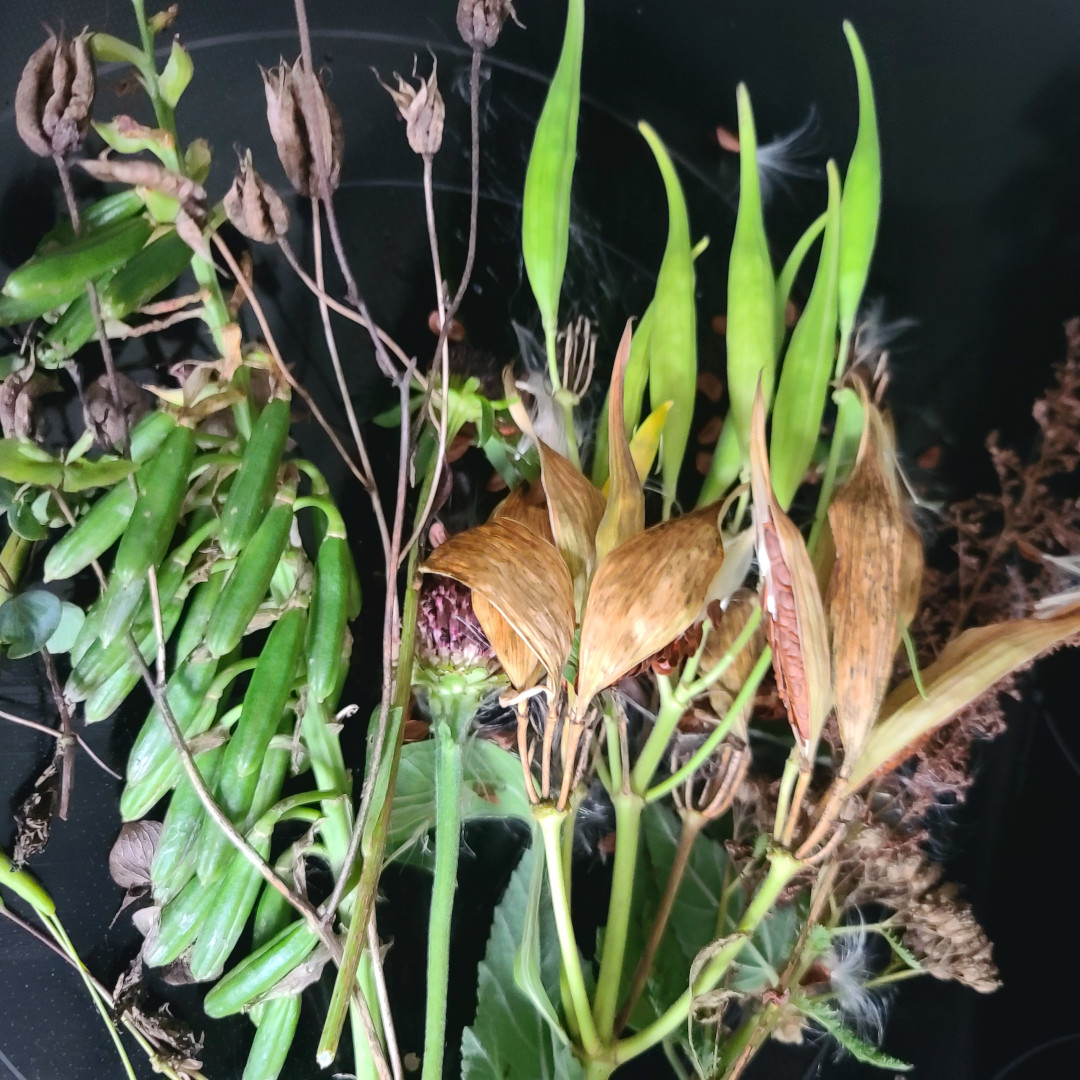
 Once mature seedpods are collected, they need to be cleaned of chaff before planting. Some seeds are easy to harvest, like columbine and beardtongue digitalis. Others are challenging, like monarda, Joe Pye weed, asters, and New York ironweed.
Once mature seedpods are collected, they need to be cleaned of chaff before planting. Some seeds are easy to harvest, like columbine and beardtongue digitalis. Others are challenging, like monarda, Joe Pye weed, asters, and New York ironweed.

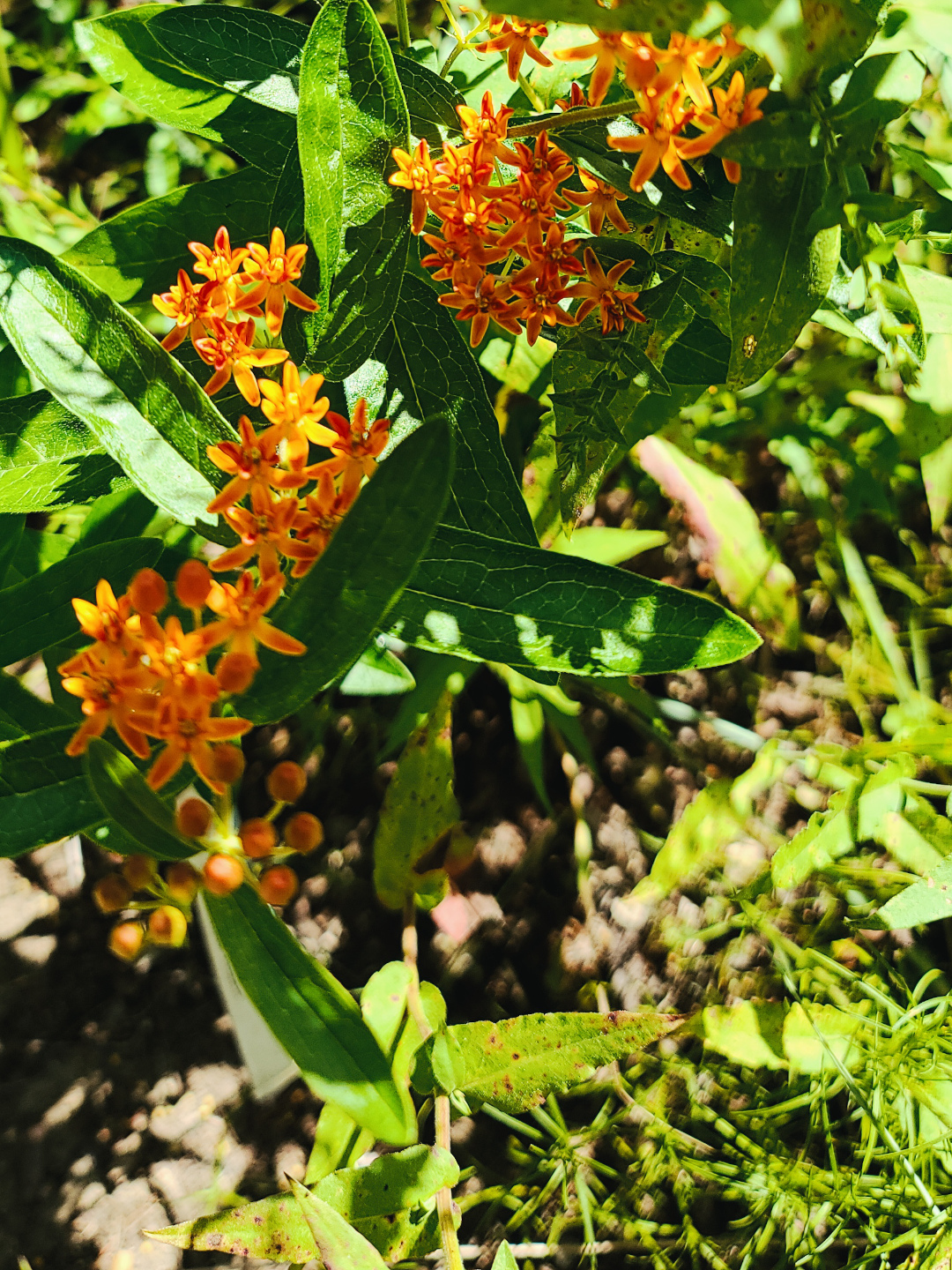
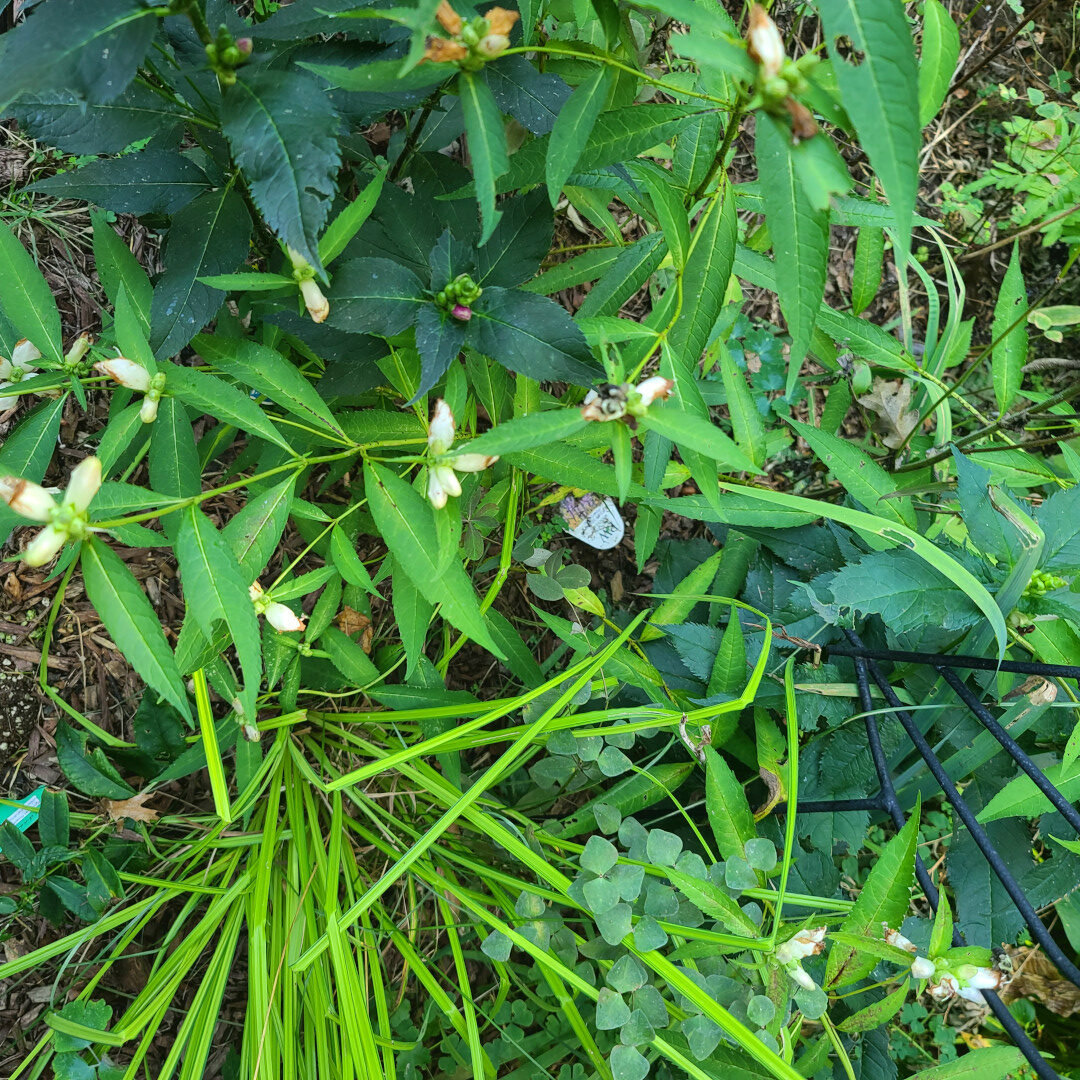




Have a garden you’d like to share?
Have photos to share? We’d love to see your garden, a particular collection of plants you love, or a wonderful garden you had the chance to visit!
To submit, send 5-10 photos to gpod@taunton.com along with some information about the plants in the pictures and where you took the photos. We’d love to hear where you are located, how long you’ve been gardening, successes you are proud of, failures you learned from, hopes for the future, favorite plants, or funny stories from your garden.
Have a mobile phone? Tag your photos on Facebook, Instagram or Twitter with #FineGardening!
Do you receive the GPOD by email yet? Sign up here.
Fine Gardening Recommended Products

Nelson Multi-Pattern Stationary Sprinkler
Fine Gardening receives a commission for items purchased through links on this site, including Amazon Associates and other affiliate advertising programs.
- Impact-resistant, plastic base
- Soft grip on multi-pattern head
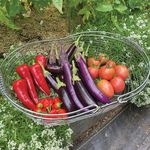
Lee Valley Large Gardener's Wash Basket
Fine Gardening receives a commission for items purchased through links on this site, including Amazon Associates and other affiliate advertising programs.
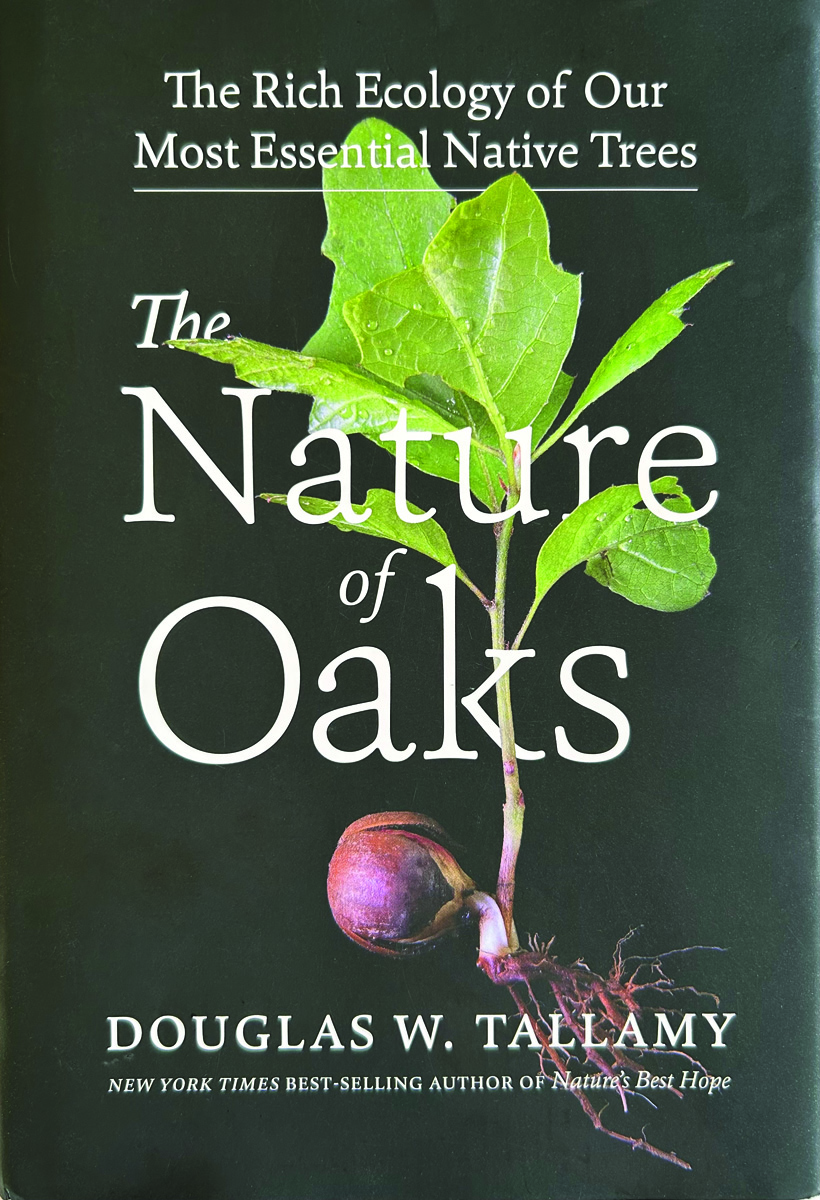
The Nature of Oaks: The Rich Ecology of Our Most Essential Native Trees
Fine Gardening receives a commission for items purchased through links on this site, including Amazon Associates and other affiliate advertising programs.

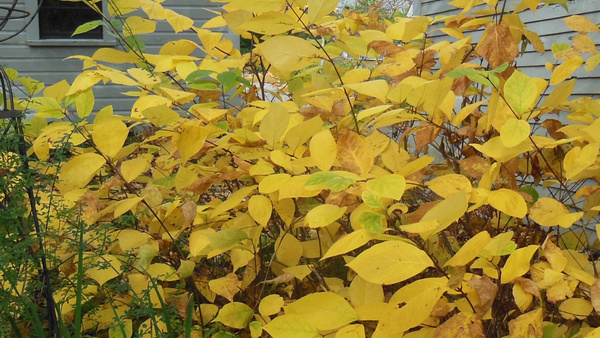
















Comments
Hello Brenda, I was very happy to see your post this morning.. I am also a master gardener, but in Pennsylvania. I am also very interested in promoting the idea of including more native plants in our gardens and general landscape. When I started, my questions were the same as yours. I now have many native plants scattered throughout my gardens, and love how I see more and more bees, butterflies and song birds each year! I completely agree that non-natives are not evil, but the natives are more valuable to the ecology of the region. Anytime I need to replace a plant, or I just want to add new, my rule is to keep it native. I recently got to hear Doug Tallamy in person for the second time, and bought his second book. What an inspiration!
Thanks for sharing, Brenda! I also have been incorporating mostly native plants, shrubs and trees into our space, and am thrilled by the wildlife that visits. We are located on a small river, so I feel it is especially important to support this ecosystem. Thanks also for mentioning the Ecoregions. Hoping to retire soon and join the ranks of certified master gardeners. ;)
I really enjoyed seeing & reading your garden post.
The path with the black fence in your garden is really pretty and inviting.
I don't think you needed to take a gardening program/class to be a great gardener- it's obviously a passion that drives you to collect all those seeds to grow in your garden!
I spotted a happy Praying Mantis on your Monarda photo!
Brenda, your gardens must be magical for all of its visitors. The selection you provide is so thoughtful plus beautiful! I also plant primarily natives in our Tucson gardens, most others can't survive our temperature extremes anyway! It's been a fascinating learning experience!
Oh, my. I love it all.
Wonderful garden! I've also been incorporating as many native plants as possible, with good success. During much of the year our gardens teem with pollinators. Your Joe Pye weed is so robust - it's taking mine a while to get going, but my wild bergamot is crazy healthy and I've transplanted volunteers all over my garden beds. Thanks for sharing your terrific garden.
Beautiful! I'm curious about your fence. Is it to discourage rabbits or deer - I know they could jump it but maybe they wouldn't bother? Do you all find natives are less likely to be eaten by rabbits. We just had an inch of snow and the rabbit tracks this morning covered the yard.
Wonderful garden and post.
I've always wondered why our Monarda didyma never self-seeded---hmm.
Actually, most of our Echinacea have never self-seeded either! ugh. what's going on here!!?
Log in or create an account to post a comment.
Sign up Log in